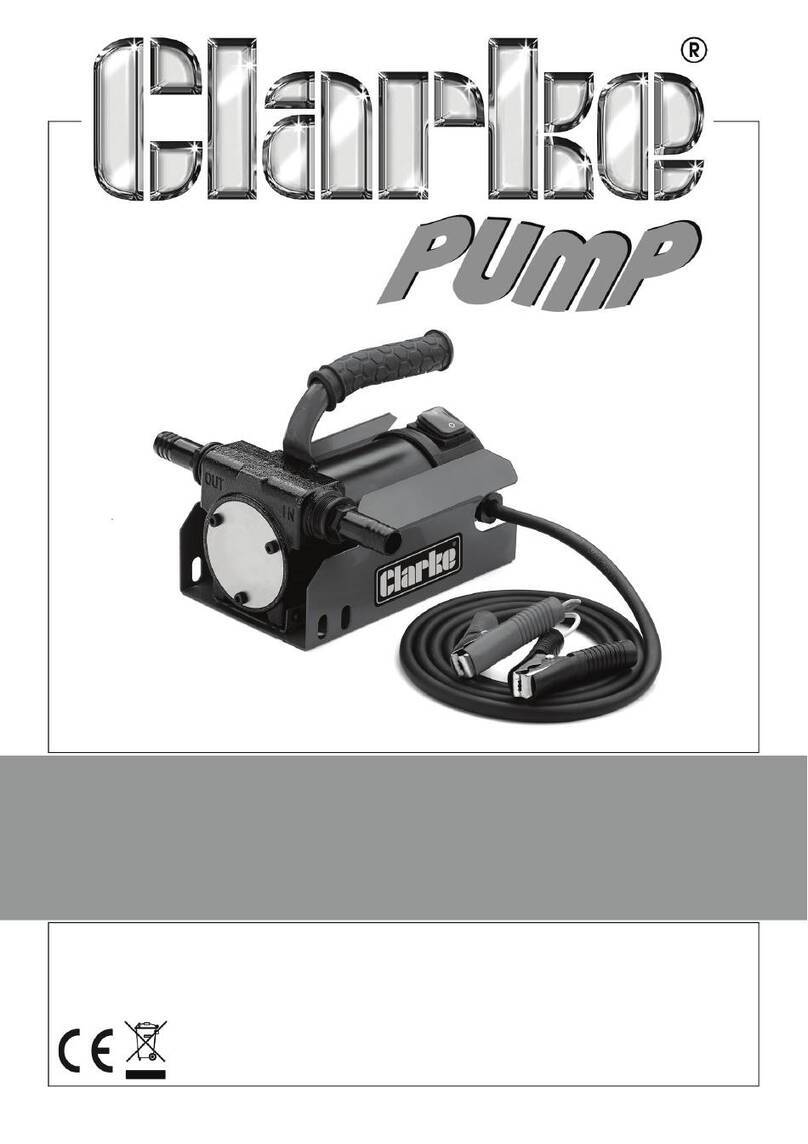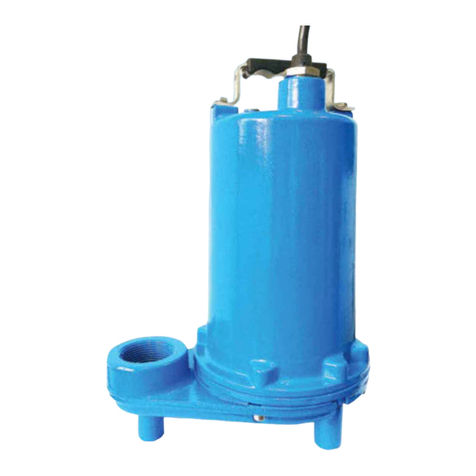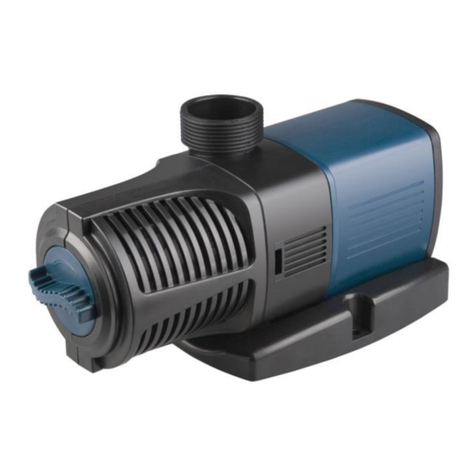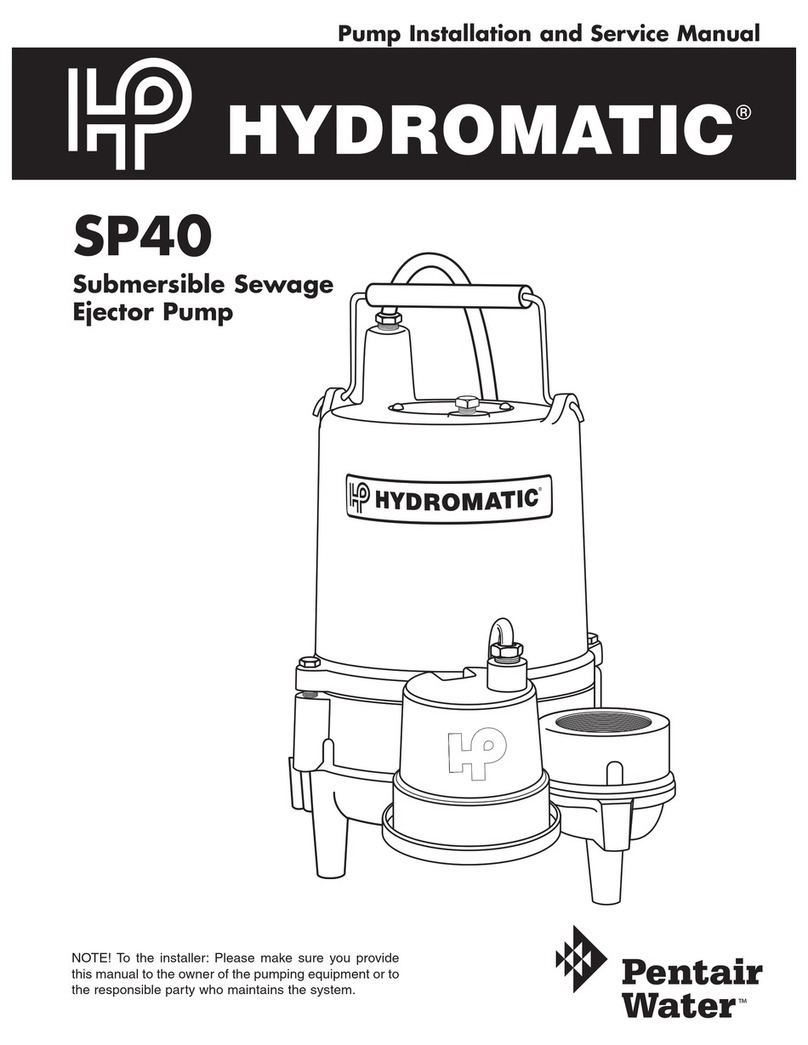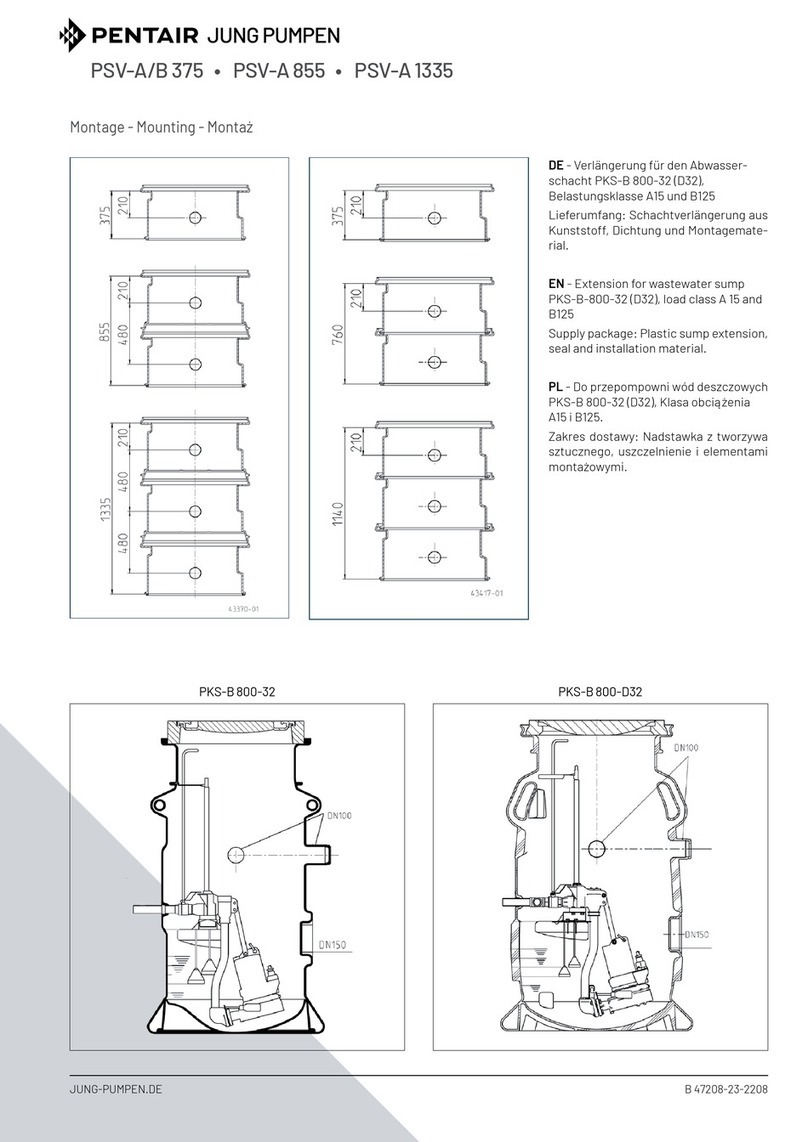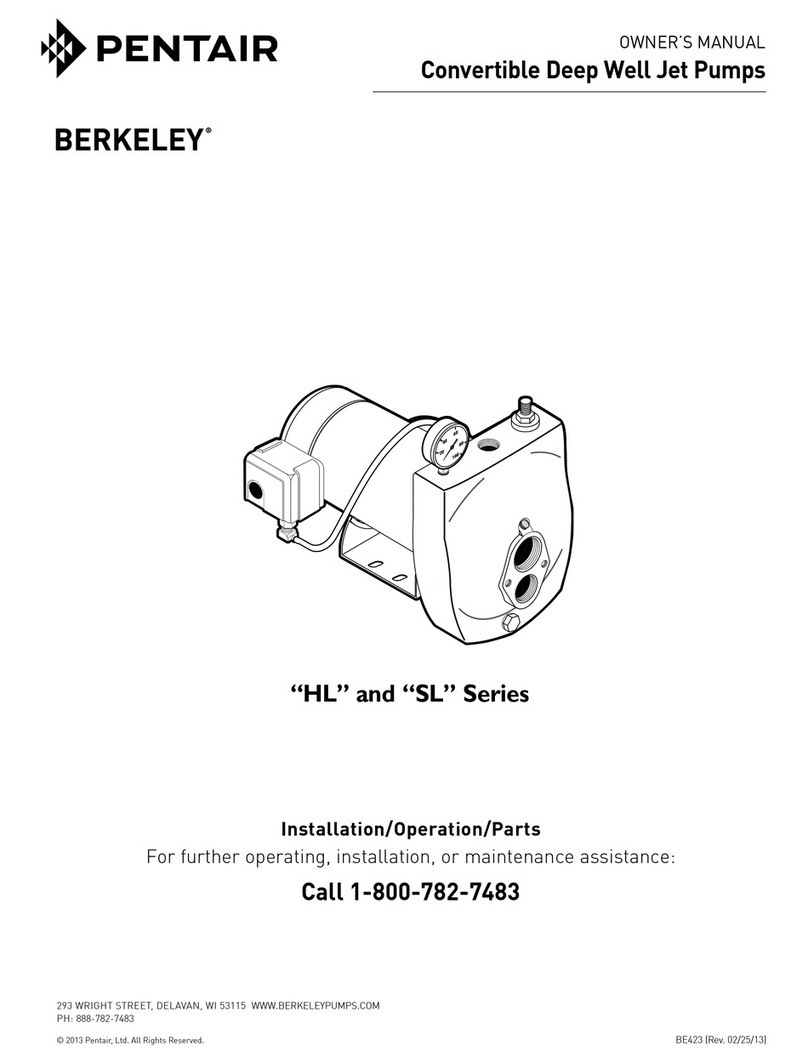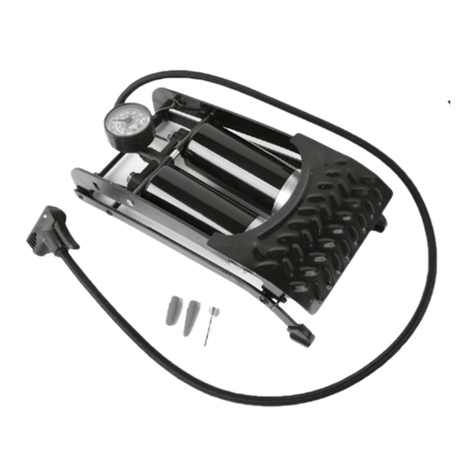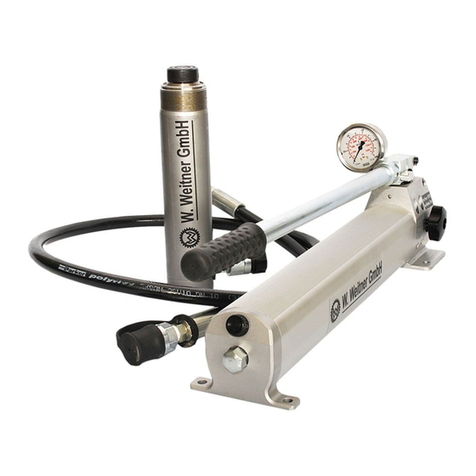
TERMS & CONDITIONS
All terms & conditions and prices of sale are based on the applicable JEC price list at the time an
order from Customer is received by JEC and are subject to change without notice. No assignment
of the purchaser’s rights may be made without consent of JEC.
JEC warrants its Product from defects in materials and workmanship for a period of one (1) year
from the shipment date, providing it has been used as recommended and in accordance with
recognized piping practice, and providing it has not been worn out due to severe service, normal
tea and wear or subjected to accident, misuse or improper maintenance. This warranty extends
only to the original Buyer.
This warranty is expressly in lieu of any other warranties expressed or implied, including but not
limited to any implied warranty of merchantability or fitness for a particular purpose.
All claims must be in writing and must be mailed or delivered by purchaser within thirty (30) days
after purchaser learns of the facts upon which such claim is based. Any claim not made in writing
and within the time period specified above shall be deemed waived.
Purchaser’s sole and exclusive remedy and JEC Ltd.’s maximum liability for claims arising
hereunder or for negligence for any and all losses and damages resulting from any cause shall be
either the repair or replacement of defective components or pumps verified by JEC.
In no event, including in the case of a claim for negligence, shall JEC Ltd. be liable for incidental
or consequential damages including loss of profits.
No person, including any representative, employee or agent of JEC, is authorized to assume on
behalf of JEC, any liability or responsibility in addition to or different from that described in this
provision. Any and all representations, promises, warranties or statements that are in addition to
or different from the terms of this provision are of no force or effects.
RECEIVING INSPECTION
Ports are rubber capped at the factory to keep out foreign objects. If covers are missing or
damaged, a thorough inspection of fluid head, by removing pump cover, is recommended. Be
sure pumping head is clean and free of foreign material before rotating shaft.
LOSS OR DAMAGE
If your pump has been lost or damaged in transit, immediately file a claim at once with the
delivering carrier and ask for an Inspector to call. The carrier has signed the Bill of Lading
acknowledging that the shipment has been received from us in good condition.
We shall assist you in every way in collecting claims for loss, or damage, however, we are not
responsible for the collection of claims or replacement of material.




















